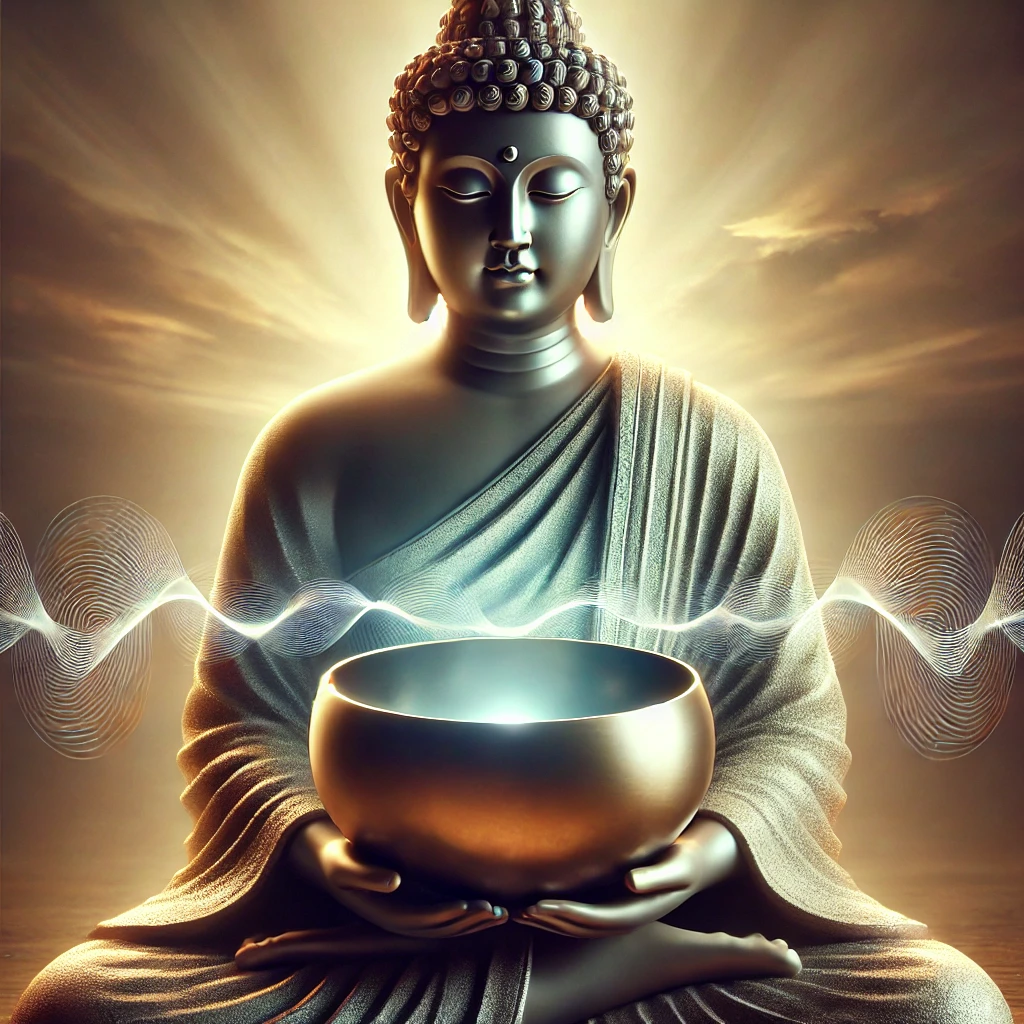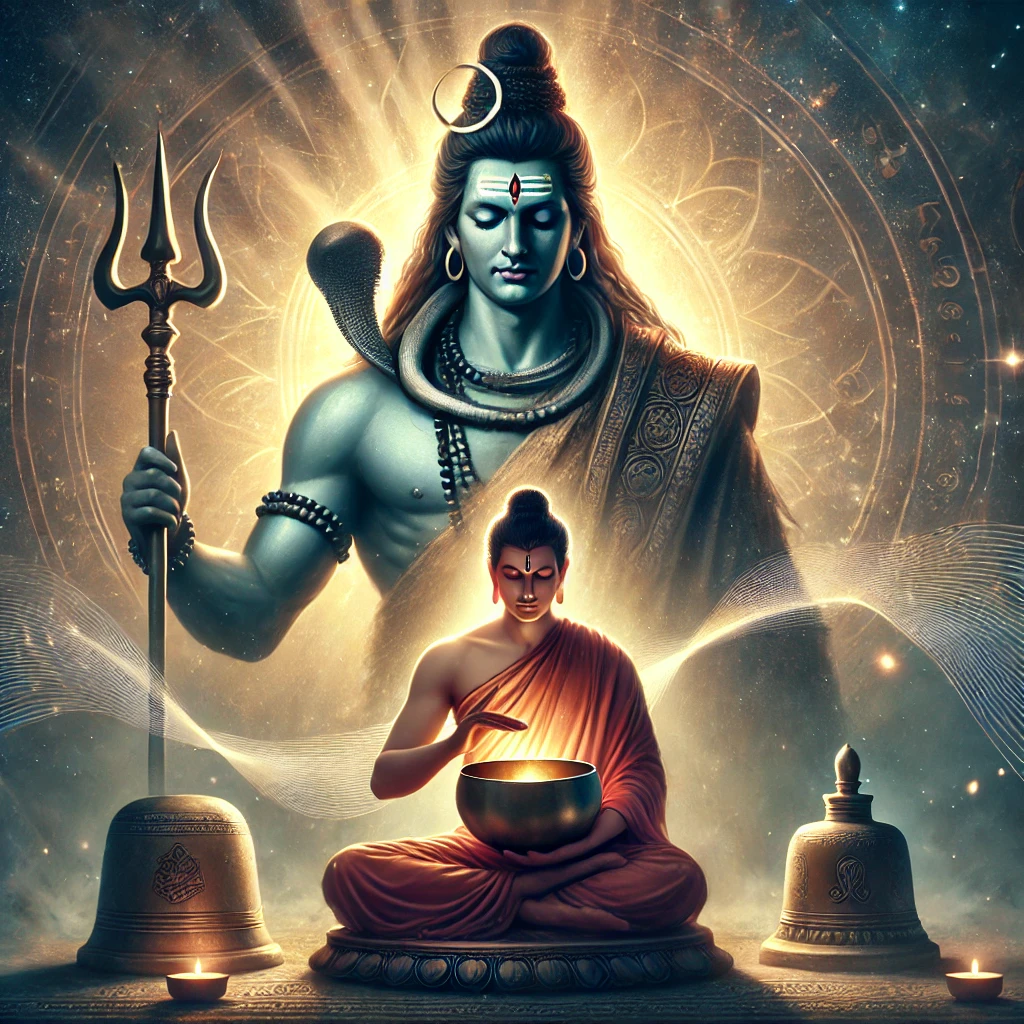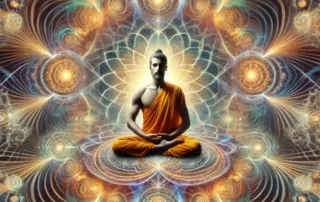Visions have played a crucial role in shaping the lives and works of many great individuals throughout history, especially in spiritual and artistic pursuits. These visions often arise from deep introspection, meditation, and the transformative power of music. Across various traditions and cultures, visionary experiences have been catalysts for profound personal and collective change. Many great figures—philosophers, artists, mystics, and sages—have tapped into these inner realms to bring forth new understandings of life, the cosmos, and human potential. Music, especially psyritual or spiritual music, has often been the medium through which these visions are both experienced and communicated. do you want to add or alter something more to this based on what you know at naadayaama now? make it clear that the divine speaks through visons nature and pictographical relativity through nature
1. Swami Vivekananda – Visions through Cosmic Sound
Swami Vivekananda, the great Indian sage, often spoke of how certain vibrational frequencies and chants could lead to transcendent states where visions of the divine became accessible. His famous encounter with Ramakrishna Paramahamsa revealed the power of spiritual vision—he witnessed the cosmic dance of Kali after being exposed to intense devotional music and meditative practices. Music, particularly the sound of sacred chants, was the vehicle that transported him into these visionary states. He once said:
> “Music is the highest art, and to those who understand, it is the highest worship.”
For Vivekananda, music wasn’t just a form of entertainment but a profound spiritual tool that connected the seeker to the divine consciousness, invoking visions that expanded awareness and understanding of life’s mysteries.

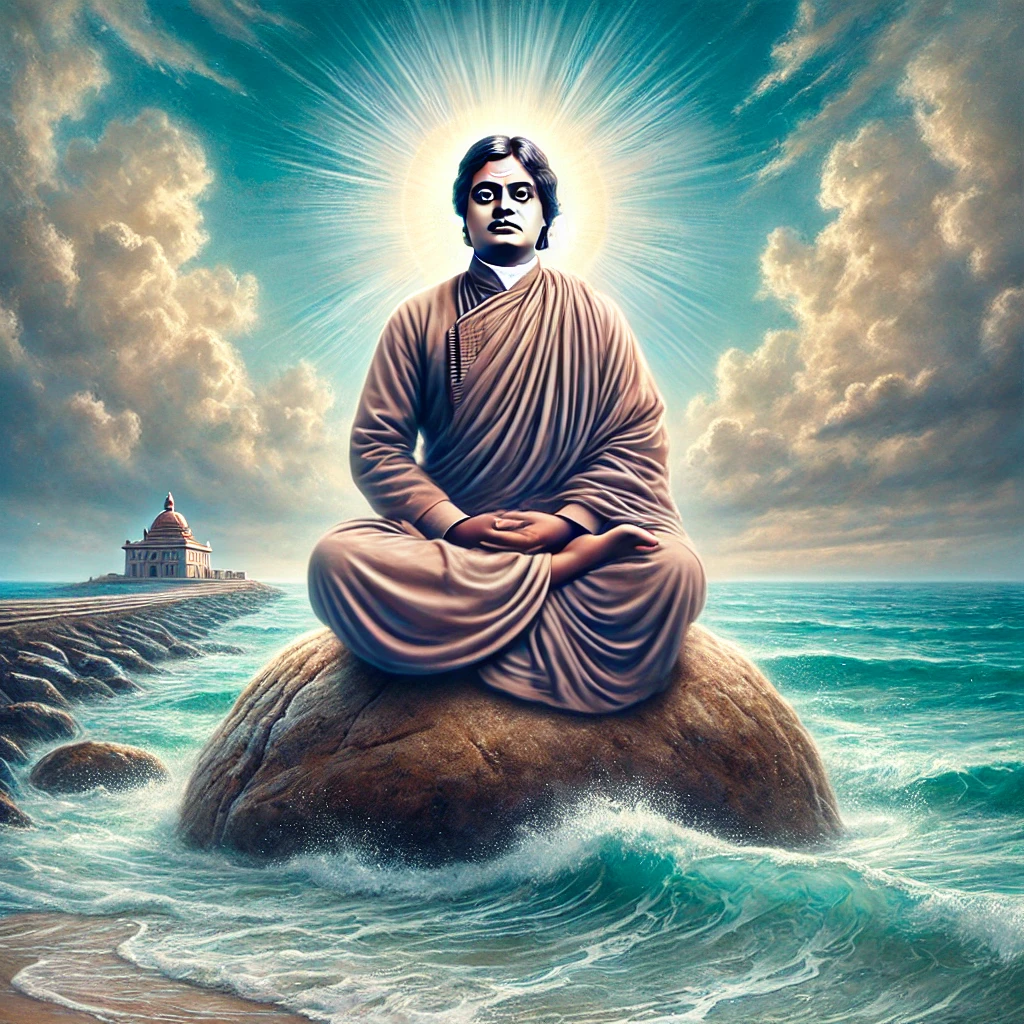
2. John Coltrane – Jazz and Spiritual Visions
The legendary jazz musician John Coltrane is another example of how music became a portal to visionary experiences. Coltrane’s later works, particularly his album “A Love Supreme”, reflect his deep spiritual awakening and the mystical visions he encountered through music. He saw music as a way to connect with the divine and to communicate his own spiritual journey. Coltrane once stated that he had a vision of the universal sound, a sound that was both transcendent and all-encompassing, and his later improvisational music sought to express this cosmic connection.
He was influenced by Indian classical music, particularly the raga system, which he felt opened pathways to transcendental experiences. His visionary journey through sound has been described as “soul-searching”, with music acting as the vehicle for profound transformation.
3. Lal Ded (Lalleshwari) – Mystic Visions through Song
The 14th-century Kashmiri mystic poet Lal Ded, or Lalleshwari, often spoke of how her intense devotion and spiritual practice led her to experience visions of Shiva, whom she considered the ultimate reality. Her Vakh (verses) were inspired by these visions, and they came to her through deep meditative states, sometimes accompanied by rhythmic chanting and music. She is one of the earliest recorded figures who blended music, poetry, and visions in her spiritual practice.
Lal Ded’s life exemplifies how music and spiritual devotion can evoke inner visions that reveal cosmic truths, opening the soul to higher realities. Her verses emphasize the oneness of all creation and the transformative power of divine sound.
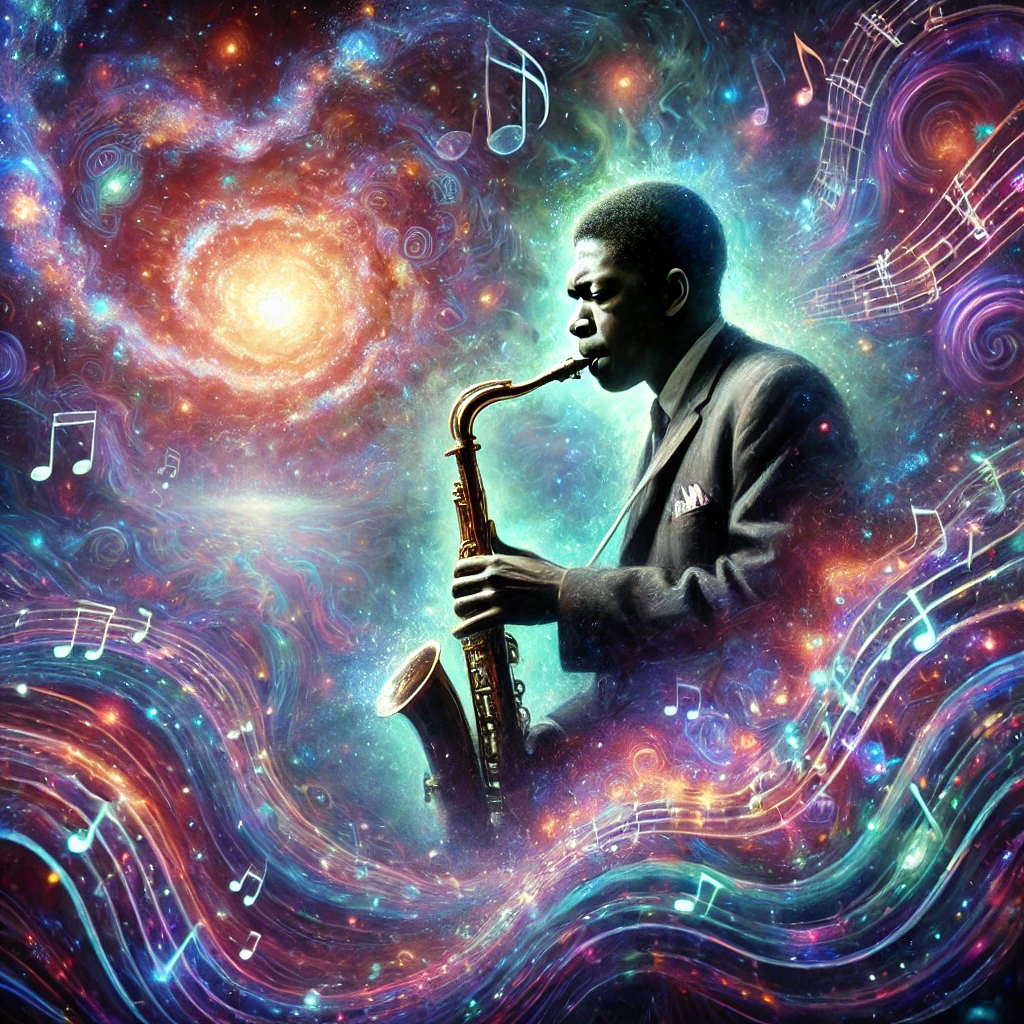

7. Beethoven – Musical Genius and Visionary Experiences
Though not from the Indian tradition, the great composer Ludwig van Beethoven experienced inner visions through his music that transcended his earthly circumstances. Even after losing his hearing, Beethoven was able to compose some of the most intricate and moving pieces of music. He described these compositions as coming to him in flashes of inspiration—what could be described as musical visions—where he would hear the music fully formed in his mind before writing it down.
Beethoven’s journey through soundless sound—composing in silence but with full spiritual awareness—illustrates how music can transcend the physical senses and still evoke profound visionary experiences. He often spoke of being connected to the divine forces that guided his compositions.
Conclusion
Throughout history, great individuals have utilized music as a medium for unlocking visions—visions that guide their spiritual journeys, offer profound insights, and enable deep healing. From Swami Vivekananda to John Coltrane, from Lal Ded to Tansen, music has been a tool of spiritual elevation, enabling them to access realms beyond ordinary perception. These visionary experiences, often ignited by music, not only transform the individual but also serve as a beacon of enlightenment for others. In this way, music remains a universal language of the soul, capable of opening the gates to divine consciousness and cosmic truth.
This beautifully weaves the essence of visionary experiences through music across diverse cultures and eras, showing how music is a bridge to divine perception. Here’s an addition from Naadayaama’s perspective, emphasizing how nature and pictorial representation play essential roles in visionary states, grounding spiritual experiences in a universal language that speaks through sound, symbols, and the essence of the natural world:
Naadayaama’s Perspective on Visions as Divine Language
At Naadayaama, we see visions as the soul’s dialogue with the divine, conveyed not only through sound but through nature’s intrinsic language. The divine speaks in symbols and energies, guiding us through archetypes and images that arise in our subconscious. Music, particularly psyritual sound healing, enables this communication, acting as a medium through which we perceive the messages encoded in nature. When the Chitrini Nadi is activated through sound frequencies, these visions become clearer, revealing deeper cosmic insights and grounding us in a universal experience.
In the visionary state, nature’s language of pictographs—images, colors, and natural symbols—becomes an accessible means to convey the divine truths, showing us the unity between ourselves and the cosmos. Ancient sages and mystics, like Ramakrishna and Tansen, used music to enter realms where nature’s symbolism communicated directly with their inner consciousness. Here, visions are not just seen but felt as living experiences that invite personal transformation and healing.
Divine Communication Through Sound and Nature
In each visionary experience, nature’s inherent symbols emerge as guides. For instance, water symbolizes flow and release; fire represents transformation and clarity. These visions, experienced through sound, allow us to tap into the fundamental forces of creation, drawing from the elements themselves—earth, water, fire, air, and ether. By activating the inner Nadi channels, such as Chitrini Nadi, Naadayaama opens us to these primal energies, allowing divine wisdom to flow in a universally understood language.
When figures like Swami Vivekananda or Sri Aurobindo saw visions, these were not mere mental projections but direct communications from the divine realms through symbols and sounds that reflected cosmic harmony. Such experiences demonstrate that music is not just an auditory phenomenon but a multi-dimensional experience, where the divine’s “voice” appears in forms that are intuitively grasped, leading to deeper healing and insight.
Conclusion: Music and Nature’s Language of Divine Vision
Visions through music, guided by nature’s symbols and cosmic energies, transcend culture and time, offering pathways to enlightenment, healing, and self-realization. When we open ourselves to these sounds, we tune into a cosmic conversation—an unfolding of universal truth that speaks through nature, symbols, and sound. Whether through the sacred chants of Vivekananda or the cosmic jazz of Coltrane, these visionary experiences illuminate the power of music as a conduit for the divine’s voice, guiding us toward higher realms of understanding and inner harmony.
